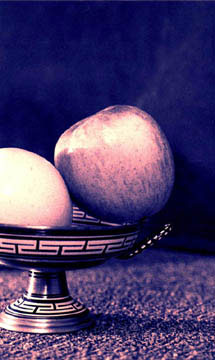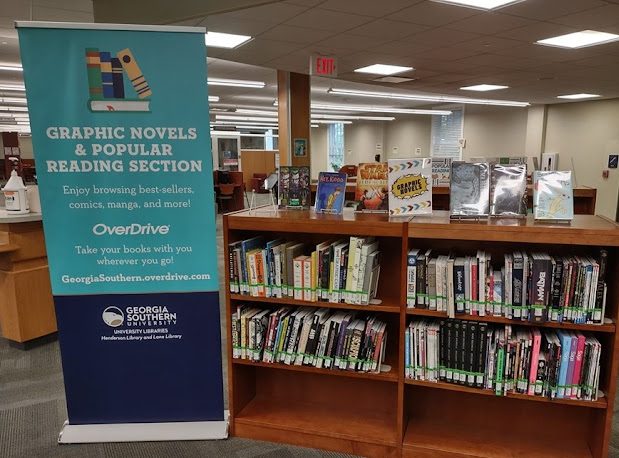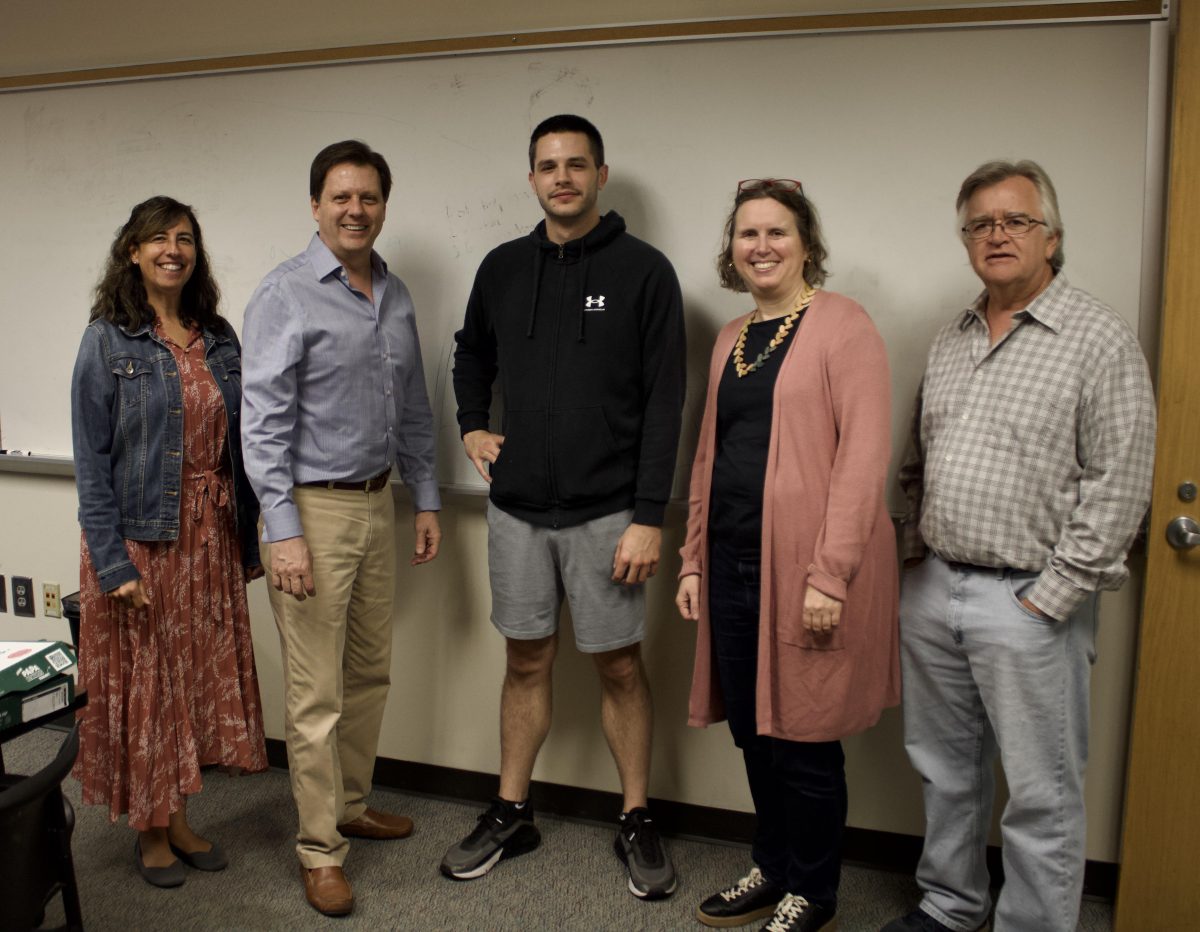By Daylon Bonner, Staff Writer

Dr. Bridget Conn, a professor of photography on campus, gave a lecture with insight into the history of Wet Plate Collodion and Kodachrome and the potential for their appeal as an avenue for photo capture going forward.
It is understandable if you are unfamiliar with Dr. Conn, since she just recently made her presence known to the Savannah community. She attained a B.F.A in Studio Art and a M.F.A from Tulane and the University of Georgia respectively. Her work has been observed at the national scale, notably at the Kimball Art Center in Park City, Utah.
Briefly, she took up residence in Asheville, North Carolina, teaching courses, working as an art journalist and making her own art independently. Her work was also featured heavily in the development of the Asheville Darkroom, a non-profit art education facility. She would serve as the primary instructor and Executive Director before finding her way down to Savannah around May 2016.
She currently works on campus as a member of the Betty Foy Sanders Department of Art, teaching a variety of classes focused on different photo processes.
Dr. Conn started her lecture by describing a photo process deeply tied to her personal intrigue with photography, Wet Plate Collodion. This process pervaded the photos taken between the 1860s and 1880s as it was the primary mode of photo creation. Collodion, as the name suggests, is the base of the process. To paraphrase Dr. Conn, when mixed with ether and sodium nitrate, the mixture is light sensitive. Once put into a camera, the photo needs to be taken and developed quickly to avoid losing it since the plate would dry out if left to sit.
She also discussed the process of Kodachrome. It was developed by Kodak in 1935 to make better quality photography and to it convenient to develop color photograph.
The analog process has had a resurgence in recent years as opposed to their more digital counterparts. Obviously, digital images are still the conventional and most readily available route. However, given that many under the age of thirty are not as knowledgeable about this process, seeing its latent appeal is a positive sight.
Vinyl has also made a comeback. However, while Dr. Conn does appreciate its resurgence, she does not wish for Kodachrome and Wet Plate Collodion to be viewed with similar reverence. With vinyl there is an inherent nostalgia for days of old associated with them. Dr. Conn commented, “it’s not because people cannot afford a fancy digital camera … the arguments against it assume that the photographers are being stubborn [or continuing old habits.]” If the choice fell decisively into her hands, Dr. Conn would “minimize the use of Kodachrome and Wet Plate Collodion purely for the sake of reminiscence.” Her goal is to have the photo process looked at as a serious means for photo development.
Conversely, she is not against digital images in principal. However, she does assert “the story the photographer intends to tell with their art could be better served with an analog process as oppose to a digital medium in some cases.”
Admittedly, the processes she described are not practical to all situations (i.e., developing a wedding). However, she is more concerned with the voice of the artist shining through above and before considering the commercial viability of the artwork. “When most of us hear the word photographer, we immediately [consider] the commercial aspect … the photographer [providing] a service to a client.” One can safely assume that Dr. Conn does not detest digital photography. She has expressed some satisfaction with how digital images turn out. However, it is in the realm of possibility that she objects to commercial quantity be favored as opposed to overall quality. Obviously, the choice falls to the photographer in the end, but having this as a viable option would not be considered an unreasonable path forward if the interest is there.
Wet Plate Collodion and Kodachrome are interesting analog forms of photography. They may be perceived to be gimmicky to some, but Dr. Conn is not one of them. There is viability to this photography process. It’s relevance will be appreciated in the coming years.














